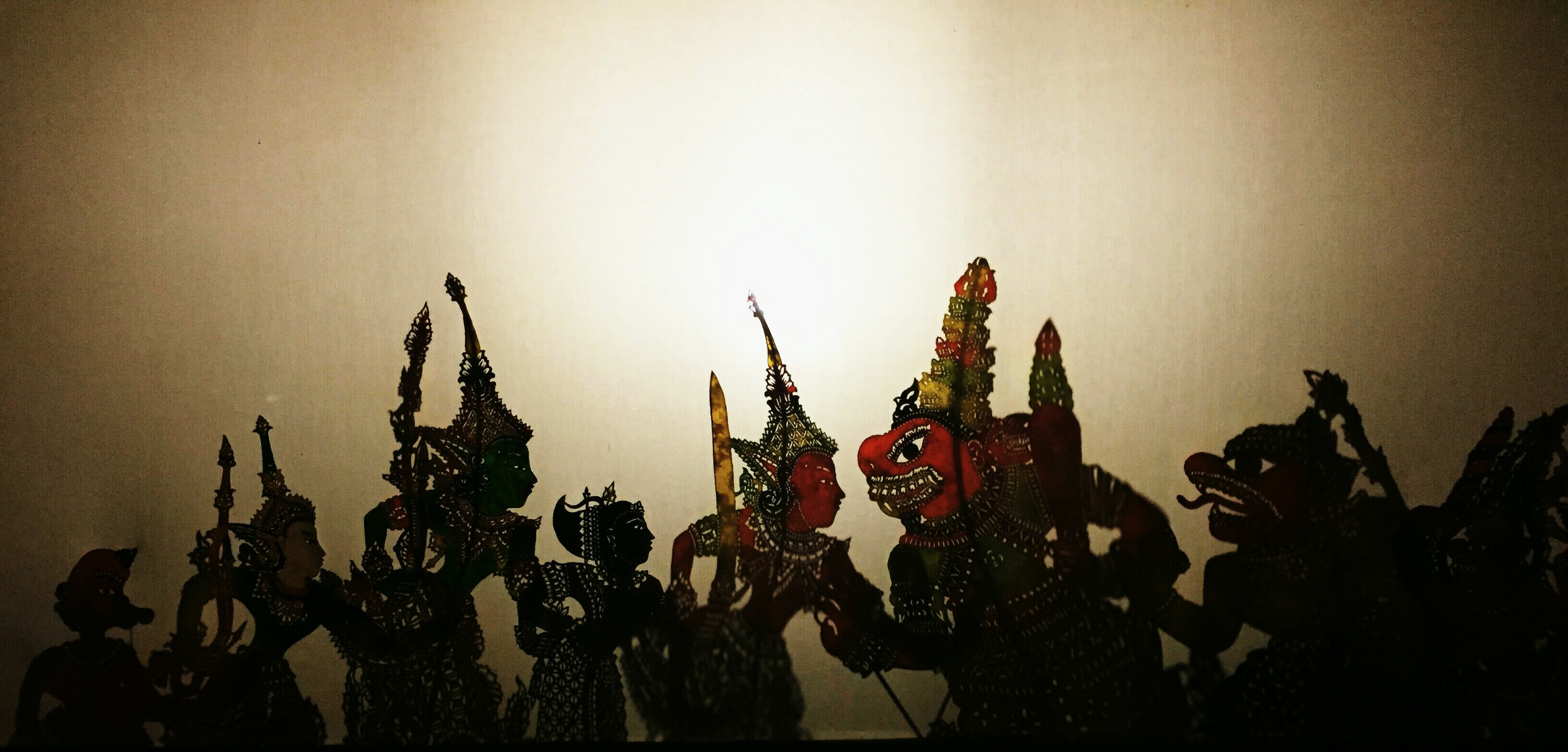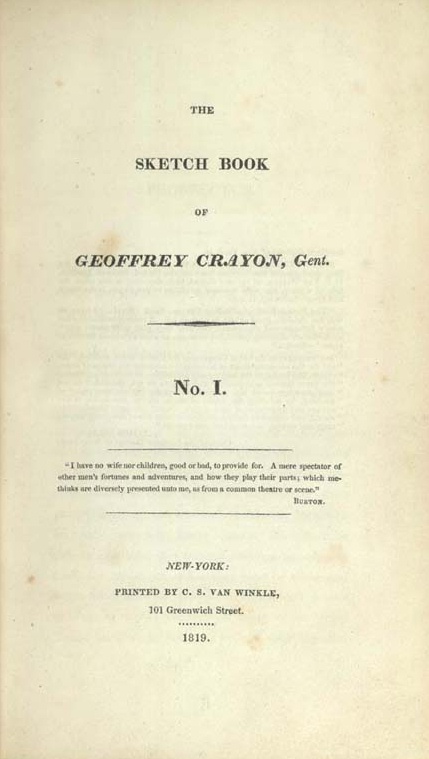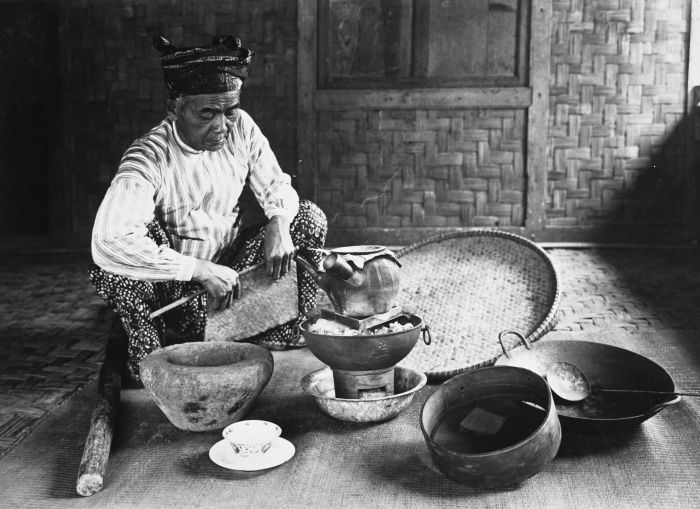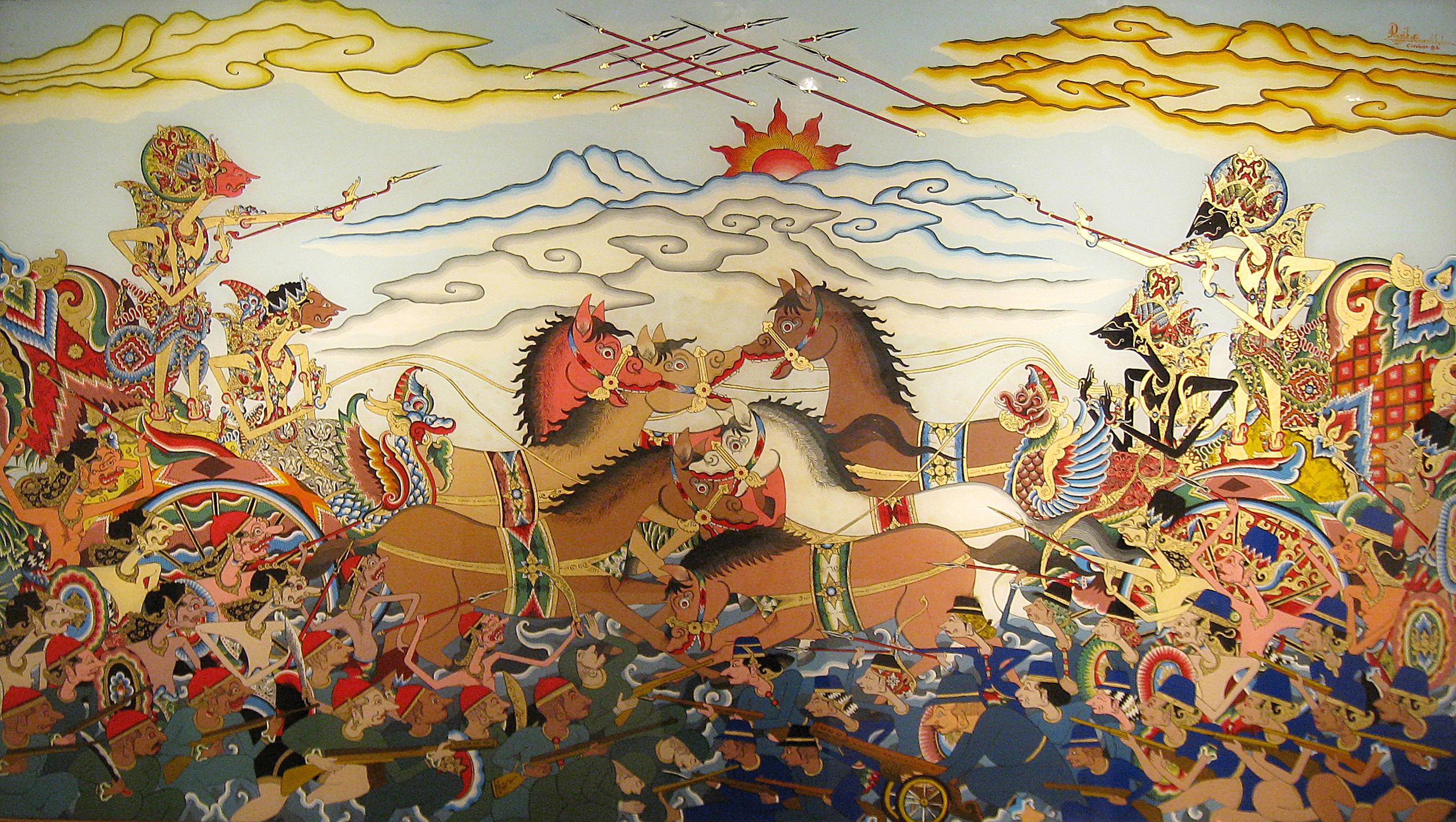|
Orang Bunian
In Malaysian, Bruneian and Indonesian folklore, Bunian people or Orang bunian () are supernatural beings said to be invisible to most humans, except those with "spiritual sight". While the term is often translated as "elves", it literally translates to "hidden people" or "whistling people". Orang bunian are described as beautiful, dressed in ancient Southeast Asian style, and nearly identical to humans in appearance. Some mythological accounts describe the lack of a philtrum. Modern depictions of Orang bunian deviate from the traditional folklore by including elf-like features, pointed ears, high fantasy-influenced attire, or modern Minangkabau long coat clothing. Orang bunian are said to inhabit the deep forests or high mountains in Malay Peninsula, Sumatra & Borneo, far from human contact, as well as near human communities, and are even said to share the same houses as human families. According to legend, their social structure is similar to that of humans in the ancient Malay P ... [...More Info...] [...Related Items...] OR: [Wikipedia] [Google] [Baidu] |
Malay Folklore
Malay folklore refers to a series of knowledge, traditions and taboos that have been passed down through many generations in oral, written and symbolic forms among the indigenous populations of Maritime Southeast Asia (Nusantara). They include among others, themes and subject matter related to the indigenous knowledge of the ethnic Malays and related ethnic groups within the region. The stories within this system of lore often incorporate supernatural entities and magical creatures which form parts of the Malay mythology. Others relate to creation myths and place naming legends that are often inter-twined with historical figures and events. Ancient rituals for healing and traditional medicine as well as complex philosophies regarding health and disease can also be found. Oral tradition The oral forms of this lore are transmitted primarily through nursery rhymes, folksongs, theatrical exhibitions, and stories that are commonly told from parent to child. Nomadic storytellers that ... [...More Info...] [...Related Items...] OR: [Wikipedia] [Google] [Baidu] |
Bomoh
A ''bomoh'' ( sou, โต๊ะบอมอ; ) is a Malay shaman and traditional medicine practitioner. The term is used mainly in Malaysia and parts of Sumatra, whereas most Indonesians use the word ''dukun''. It is often mistranslated into English as medicine man or witch doctor. In colloquial usage, the term ''bomoh'' is often interchangeable with another type of shaman or dukun, the pawang, but they generally serve different functions. The ''bomoh'' is primarily a healer, herbalist, geomancer, and sorcerer. The ''pawang'' on the other hand usually specialises in rituals involving weather, nature, animals, and a good harvest. Their roles do overlap however, and both act as an intermediary for the spirits and gods. Etymology The word ''bomoh'' (at times spelled ''bomo'' or ''bomor'') has been in common usage since at least classical times. It is a cognate of the Thai term ''maw'' or ''mohr'' ( th, หมอ; , "doctor"). This word can mean either doctor or a sorcerer, as in term ... [...More Info...] [...Related Items...] OR: [Wikipedia] [Google] [Baidu] |
Malaysian Legendary Creatures
Malaysian may refer to: * Something from or related to Malaysia, a country in Southeast Asia * Malaysian Malay, a dialect of Malay language spoken mainly in Malaysia * Malaysian people, people who are identified with the country of Malaysia regardless of their ethnicities. Most Malaysians are of Malay, Chinese and Indian descent. ** Malaysian diaspora, Malaysian emigrants and their descendants around the world * Malaysian cuisine, the food and food culture of Malaysia * Malaysian culture, culture associated with Malaysia * The call sign and colloquial name of Malaysia Airlines See also * Malaysian names, names as used by the Malaysian people * * * Malays (other) * Malaya (other) * Malay (other) Malay may refer to: Languages * Malay language or Bahasa Melayu, a major Austronesian language spoken in Indonesia, Malaysia, Brunei and Singapore ** History of the Malay language, the Malay language from the 4th to the 14th century ** Indonesi ... {{disamb ... [...More Info...] [...Related Items...] OR: [Wikipedia] [Google] [Baidu] |
Indonesian Legendary Creatures
Indonesian is anything of, from, or related to Indonesia, an archipelagic country in Southeast Asia. It may refer to: * Indonesians, citizens of Indonesia ** Native Indonesians, diverse groups of local inhabitants of the archipelago ** Indonesian women, overview of women's history and contemporary situations * Indonesian language (Indonesian: ''Bahasa Indonesia''), the official language of Indonesia ** Indonesian languages, overview of some of the 700 languages spoken in Indonesia ** Indonesian names, customs reflecting the multicultural and polyglot nature of Indonesia * Indonesian culture, a complex of indigenous customs and foreign influences ** Indonesian art, various artistic expressions and artworks in the archipelago ** Indonesian cinema, a struggling and developing industry ** Indonesian literature, literature from Indonesia and Southeast Asia with shared language roots ** Indonesian music, hundreds of forms of traditional and contemporary music ** Indonesian philos ... [...More Info...] [...Related Items...] OR: [Wikipedia] [Google] [Baidu] |
Malaysian Mythology
Malaysian folklore is the folk culture of Malaysia and other indigenous people of the Malay archipelago as expressed in its oral traditions, written manuscripts and local wisdoms. Malaysian folklores were traditionally transmitted orally in the absence of writing systems. Oral tradition thrived among the Malays, but continues to survive among Orang Asli and numerous bornean ethnic groups in Sarawak and Sabah. Nevertheless, Malaysian folklores are closely connected with classical Malay folklore of the region. Even though, Malay folklore tends to have a regional background, with the passing of time, and through the influence of the modern media, large parts of regional Malay folklore have become interwoven with the wider popular Malaysian folklore. In Malay, the term ''budaya rakyat'' is used to describe folklore. According to the ''Kamus Dewan'', ''budaya rakyat'' can be interpreted as stories, customs, clothing, behaviour etc that are inherited by a society or a nation. Malaysian ... [...More Info...] [...Related Items...] OR: [Wikipedia] [Google] [Baidu] |
Reimar Schefold
Reimar Schefold (born February 8, 1938 in Basel, Switzerland), is professor emeritus of cultural anthropology and sociology of Indonesia at Leiden University. His special interests are thematic symbolic anthropology, Cultural materialism (anthropology), cultural materialism, vernacular architecture, and social change among minority group, ethnic minorities. He has lectured and written about diversity and commonality amongst the inhabitants of the islands off the coast of West Sumatra. Early years He is the son of the Classics, classical archaeologist Karl Schefold, who was Professor of Archaeology at the University of Basel. His mother was Marianne (née von den Steinen) Schefold. Reimar received his Ph.D. from the University of Basel. Career His career has included several Field study, field studies of Indonesian communities in the Mentawai Islands. In this regard, he has researched the Mentawaians' culinary code in the Puliaijat ritual, and the anthropocentric origin myths of ... [...More Info...] [...Related Items...] OR: [Wikipedia] [Google] [Baidu] |
Rip Van Winkle
"Rip Van Winkle" is a short story by the American author Washington Irving, first published in 1819. It follows a Dutch-American villager in colonial America named Rip Van Winkle who meets mysterious Dutchmen, imbibes their liquor and falls asleep in the Catskill Mountains. He awakes 20 years later to a very changed world, having missed the American Revolution. The concept is ancient, including the 70-year nap by Choni HaMeA-Gail. Irving, inspired by a conversation on nostalgia with his American expatriate brother-in-law, wrote his story while temporarily living in Birmingham, England. It was published in his collection, ''The Sketch Book of Geoffrey Crayon, Gent.'' While the story is set in New York's Catskill Mountains near where Irving later took up residence, he admitted, "When I wrote the story, I had never been on the Catskills." Plot Rip Van Winkle, a Dutch-American man with a habit of avoiding useful work, lives in a village at the foot of New York's Catskill Mount ... [...More Info...] [...Related Items...] OR: [Wikipedia] [Google] [Baidu] |
Urashima Taro
Urashima may refer to: *Urashima Tarō is the protagonist of a Japanese fairy tale (''otogi banashi''), who in a typical modern version is a fisherman rewarded for rescuing a turtle, and carried on its back to the Dragon Palace (Ryūgū-jō) beneath the sea. There he is entertained ..., a hero from a Japanese fairy tale * Arisaema thunbergii subsp. urashima, a plant widespread in Japan {{Disambig ... [...More Info...] [...Related Items...] OR: [Wikipedia] [Google] [Baidu] |
Dukun
A dukun is an Indonesian term for shaman. Their societal role is that of a traditional healer, spirit medium, custom and tradition experts and on occasion sorcerers and masters of black magic. In common usage the dukun is often confused with another type of shaman, the pawang. It is often mistranslated into English as "witch doctor" or "medicine man". Many self-styled dukun in Indonesia are simply scammers and criminals, preying on gullible and superstitious people who were raised to believe in the supernatural. The dukun is the very epitome of the kejawen or kebatinan belief system indigenous to Java. Very strong and ancient beliefs of animism, ancestor worship and shamanism are held by the people of the Nusantara. While medical doctors and revivalist Islam and Christianity have caused a decrease in the prominence of dukun, they remain highly respected and somewhat feared figures in Indo-Malay society, even in the most orthodox Muslim-dominant areas. In the pre-colonial pa ... [...More Info...] [...Related Items...] OR: [Wikipedia] [Google] [Baidu] |
Mythology Of Indonesia
The mythology of Indonesia is very diverse, the Indonesian people consisting of hundreds of ethnic groups, each with their own myths and legends that explain the origin of their people, the tales of their ancestors and the demons or deities in their belief systems. The tendency to syncretize by overlying older traditions with newer foreign ideas has occurred. For example, the older ancestral mythology might be merged with foreign mythology, such as Hindu, Islam, or Christian biblical mythology. Foreign influences Some native Indonesian ethnic groups that were isolated from the rest of the world until recent centuries have their own native myths and gods. These native mythologies are relatively free from foreign influences, such as Torajans, Nias, Bataks, Dayaks and Papuans. By contrast, Javanese, Balinese,and Sundanese were influenced by Hindu-Buddhist Indian mythology as early as the 1st century CE. Hindu gods, legends and epics such as ''Ramayana'' and ''Mahabharata'' wer ... [...More Info...] [...Related Items...] OR: [Wikipedia] [Google] [Baidu] |
Borneo
Borneo (; id, Kalimantan) is the third-largest island in the world and the largest in Asia. At the geographic centre of Maritime Southeast Asia, in relation to major Indonesian islands, it is located north of Java, west of Sulawesi, and east of Sumatra. The island is politically divided among three countries: Malaysia and Brunei in the north, and Indonesia to the south. Approximately 73% of the island is Indonesian territory. In the north, the East Malaysian states of Sabah and Sarawak make up about 26% of the island. The population in Borneo is 23,053,723 (2020 national censuses). Additionally, the Malaysian federal territory of Labuan is situated on a small island just off the coast of Borneo. The sovereign state of Brunei, located on the north coast, comprises about 1% of Borneo's land area. A little more than half of the island is in the Northern Hemisphere, including Brunei and the Malaysian portion, while the Indonesian portion spans the Northern and Southern hemisph ... [...More Info...] [...Related Items...] OR: [Wikipedia] [Google] [Baidu] |
Sumatra
Sumatra is one of the Sunda Islands of western Indonesia. It is the largest island that is fully within Indonesian territory, as well as the sixth-largest island in the world at 473,481 km2 (182,812 mi.2), not including adjacent islands such as the Simeulue, Nias, Mentawai, Enggano, Riau Islands, Bangka Belitung and Krakatoa archipelago. Sumatra is an elongated landmass spanning a diagonal northwest–southeast axis. The Indian Ocean borders the northwest, west, and southwest coasts of Sumatra, with the island chain of Simeulue, Nias, Mentawai, and Enggano off the western coast. In the northeast, the narrow Strait of Malacca separates the island from the Malay Peninsula, which is an extension of the Eurasian continent. In the southeast, the narrow Sunda Strait, containing the Krakatoa Archipelago, separates Sumatra from Java. The northern tip of Sumatra is near the Andaman Islands, while off the southeastern coast lie the islands of Bangka and Belitung, Karim ... [...More Info...] [...Related Items...] OR: [Wikipedia] [Google] [Baidu] |





